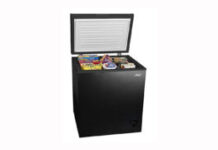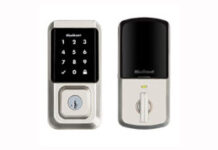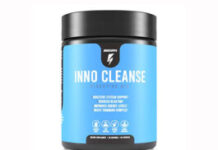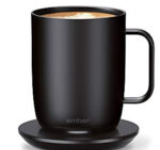- A push to shift more health-care costs onto consumers has fueled growth of high-deductible plans paired with Health Savings Accounts.
- A 55-year-old couple today can build a tax-free retirement stash worth more than $175,000 at age 70 by maxing out on HSA contributions and earning a 5 percent annualized rate of return.
Whether you believe health care is a right or a privilege, you can’t deny that staying well is gobbling up more and more household cash.
And making it to age 65 when Medicare kicks in is not exactly a full-exhale moment.
For a 65-year-old couple today, lifetime out-of-pocket health-care expenses in retirement — including Medicare premiums, supplemental insurance and dental coverage — is going to eat up more than $320,000 in today’s dollars, according to HealthView Services, a software firm specializing in health-care cost projections.
 Baked into that eye-opening sum is HealthView’s expectation that retiree health-care expenses will rise more than 5 percent annually, which is more than double the current rate of broad consumer inflation.
Baked into that eye-opening sum is HealthView’s expectation that retiree health-care expenses will rise more than 5 percent annually, which is more than double the current rate of broad consumer inflation.
That means health-care costs are going to consume an ever-bigger portion of Social Security benefits. HealthView estimates that a 66-year-old couple today with an average Social Security benefit has out-of-pocket health-care costs that eat up 40 percent of their retirement benefit. By age 85, those medical costs could total 71 percent of their Social Security check.
Annual Projected Costs vs. Social Security COLAs (Avg. 66 Year Old Couple*)
With that outlook, a health savings account paired with a high-deductible health plan that lowers premiums is worth considering. Sure, it’s frustrating that the state of health insurance has spawned high-deductible health plans and HSAs, effectively pushing more out-of-pocket costs onto consumers in return for the carrot of a premium that Mercer says is about 30 percent lower than a traditional standard policy.
Yet what makes for somewhat less-than-platinum health insurance actually shines brightly as a retirement savings strategy. A 55-year-old couple today can build a tax-free retirement stash worth more than $175,000 at age 70 by maxing out on HSA contributions and earning a 5 percent annualized rate of return. Yes, tax-free.
Money you deposit in your HSA account is made with pretax income, mimicking the upfront tax break earned on contributions to traditional 401(k)s. The money grows tax-deferred while it remains in the account, and distributions used to pay for health expenses are tax-free.
“The HSA is the best tax-saving tool,” said David Hays, president of Comprehensive Financial Consultants in Bloomington, Indiana. “Money goes in pretax and comes out pretax. There’s nothing else like it.”
 HSAs as a retirement strategy
HSAs as a retirement strategy
Here’s a cheat sheet for converting your health insurance to a retirement savings plan:
Self-fund current medical expenses
Using an HSA for retirement makes sense if you can cover current medical expenses from existing savings or cash flow. That means carving out a significant chunk of an emergency fund for potential out-of-pocket costs tied to using an HSA. You can save in an HSA only if you have a high-deductible health-care policy.
This year, that means an individual plan with a deductible of at least $1,300 and a family plan with a deductible of at least $2,600. The annual out-of-pocket exposure is $6,550 for an individual this year and $13,100 for family coverage.
Max out your HSA contribution
This year, individuals can contribute up to $3,400 and couples can contribute $6,750. If you’re at least 55, you can make an additional $1,000 “catch up” contribution. There is no income limit; anyone with a high-deductible health-care policy can open an HSA. (Note: Some employers contribute to employee HSA accounts; the combined value of contributions you and your employer make can’t exceed the aforementioned limits.)
Invest for the long-term
Most HSA plans will plunk your money into a bank account. “If this is money you want to grow for 20 or 30 years, you don’t want it just sitting in a bank account,” said Hays.
If you’re not thrilled with the stock and bond fund options through the plan offered at work, you can roll over your contributions to another HSA administrator. Use the advanced search at HSA Search to find plans that offer mutual funds, and then drill down to see if the lineup includes low-cost index funds.



















